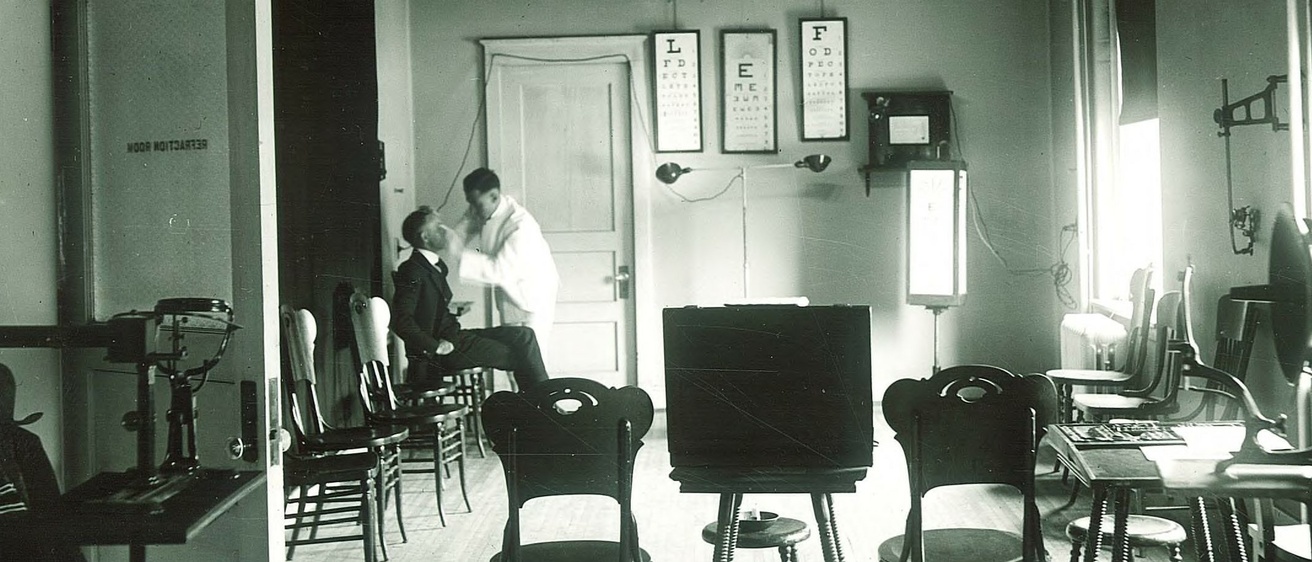
Although it had been theorized for centuries, the first successful corneal transplant took place in 1905 in Olomouc, which is today part of the Czech Republic.
What Happened

Dr. Eduard Zirm, an Austrian ophthalmologist, performed the first corneal transplant, also known as keratoplasty. The corneas came from an 11-year-old boy named Karl Brauer, who had suffered injuries to his eyes in an accident. Brauer’s eyes had to be removed, but the corneas remained unaffected, and with the Brauer family’s permission, Zirm saved the corneas.

At the same time, Zirm treated a 45-year-old farmer named Alois Glogar, whose eyes had been injured in an accident a year earlier while working with lime and turned opaque. On December 7, 1905, Zirm transplanted Brauer’s corneas to Glogar. Although Glogar suffered complications in one eye, the other eye remained clear, and Glogar’s vision was restored.
What Happened Next

Over the next 30 years, the practice of corneal transplantation was refined. Dr. Vladimir Filatov, a Soviet ophthalmologist working in Ukraine, attempted his first transplant in 1912, but did not achieve success in the operation until 1931. Up to this point, most corneas used for transplant came from living donors, but Filatov realized this limited the supply of tissue, so he began using tissue from the recently deceased. Filatov also pioneered surgical techniques such as the tube flap grafting method.
Dr. Ramon Castroviejo, a Spanish ophthalmologist, was one of the first physicians to perform corneal transplants in the United States. Castroviejo worked at Columbia Presbyterian Medical Center- the same place where Dr. Alson E. Braley, future founder of Iowa Lions Eye Bank, practiced in the late 1940s. Braley learned about transplantation from Castroviejo, and was the first surgeon to perform corneal transplants in Iowa, beginning in 1950.
Modern Corneal Transplants
For about 100 years, the corneal transplant remained basically the same- whole corneas would be recovered from the deceased, and whole corneas would be transplanted. However, beginning in the early 2000s, surgeons began transplanting partial corneas. This type of transplant has been shown to speed up recovery times, as well as improved surgical outcomes. Today, most corneal transplants only use part of the cornea, and Iowa Lions Eye Bank has pioneered several types of processing techniques in the United States.

